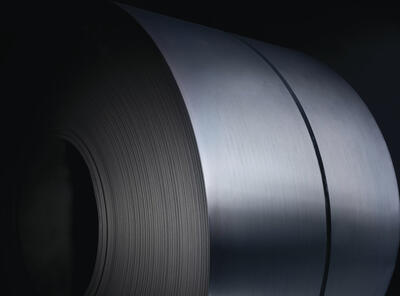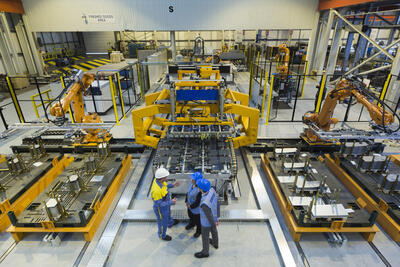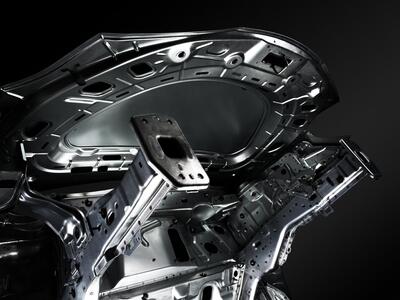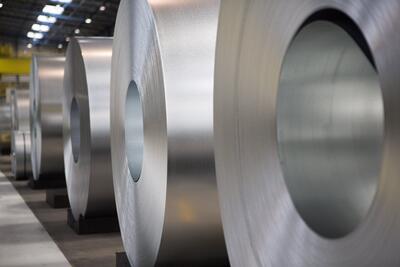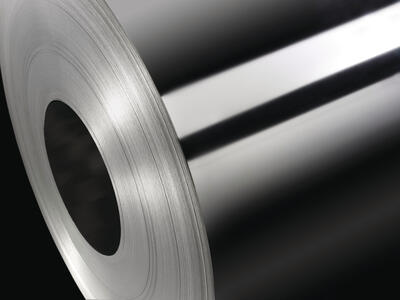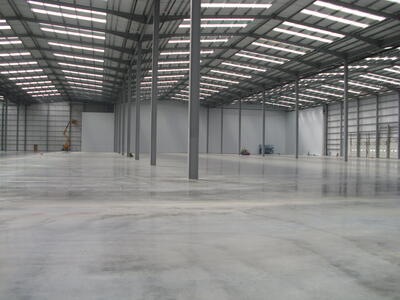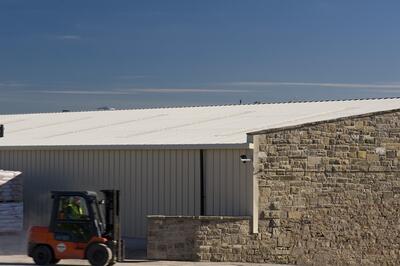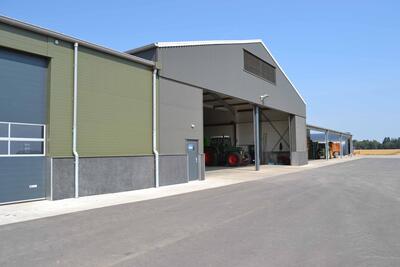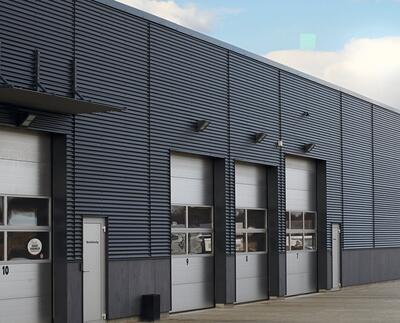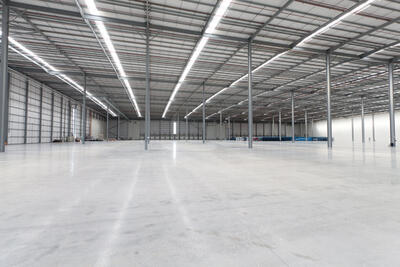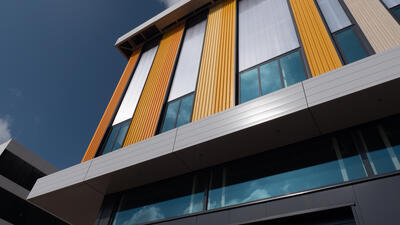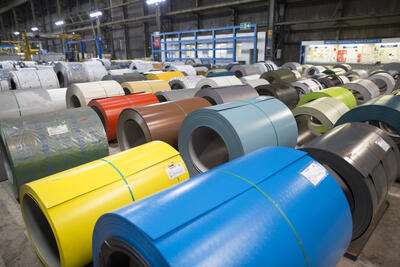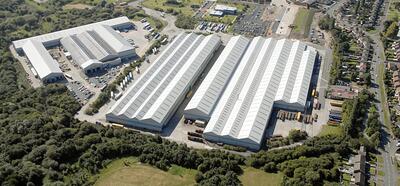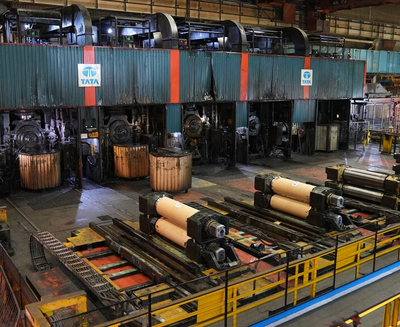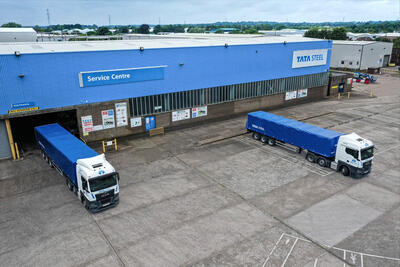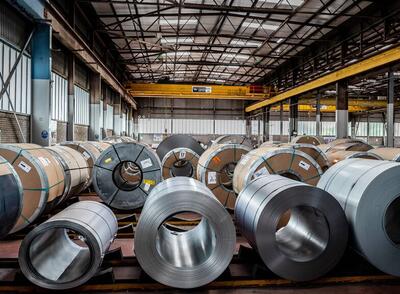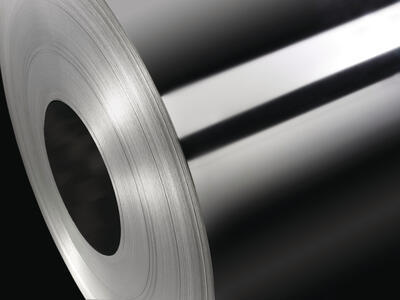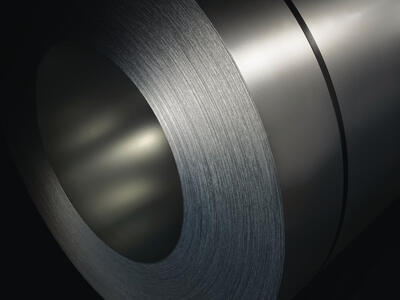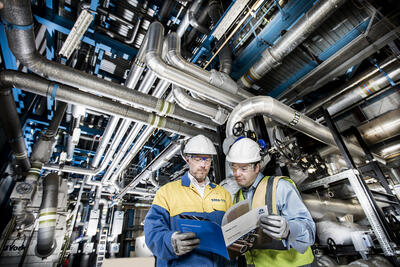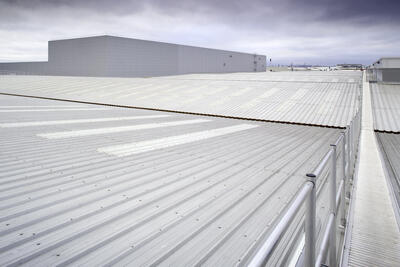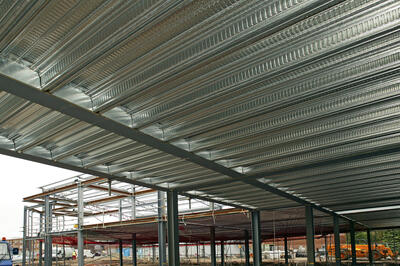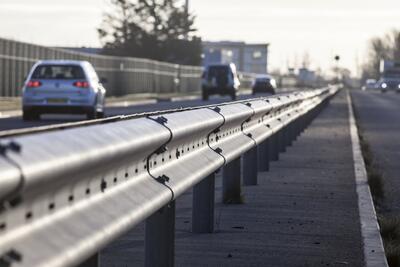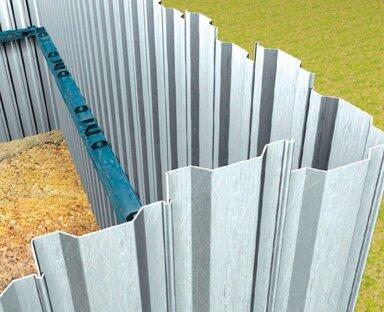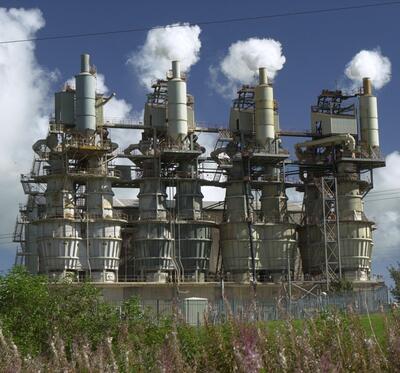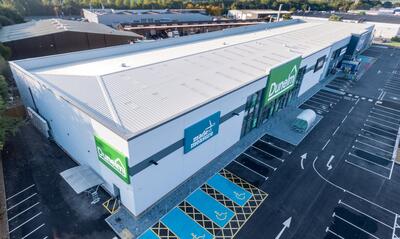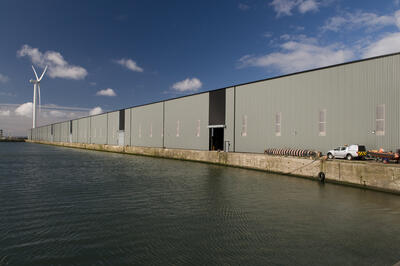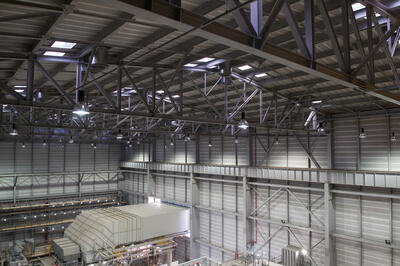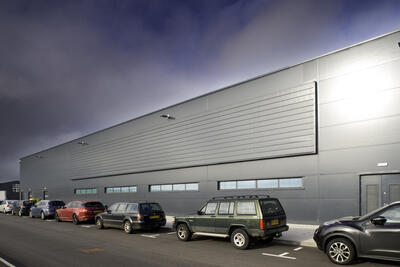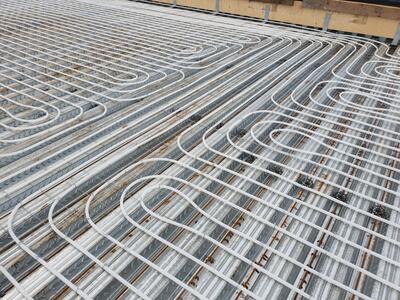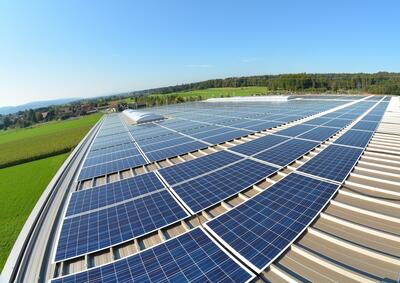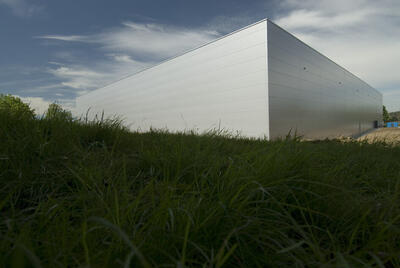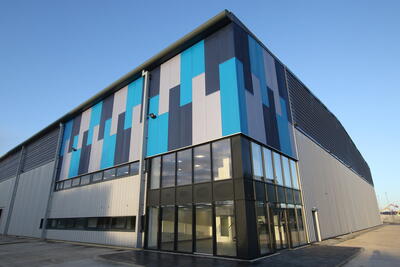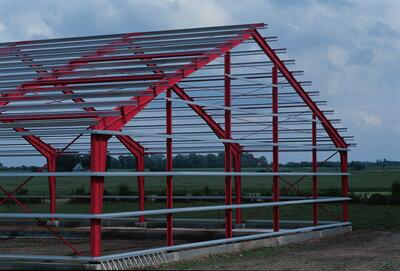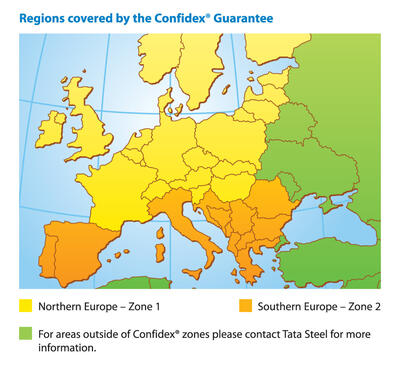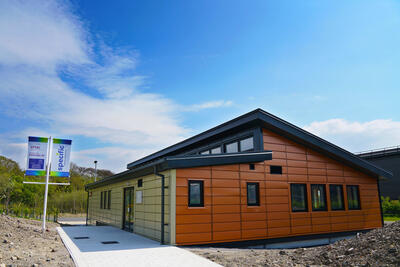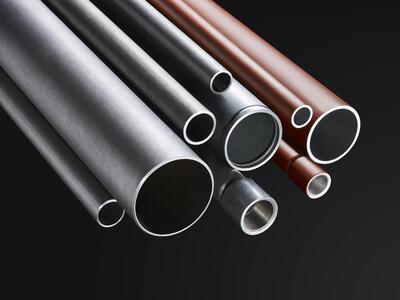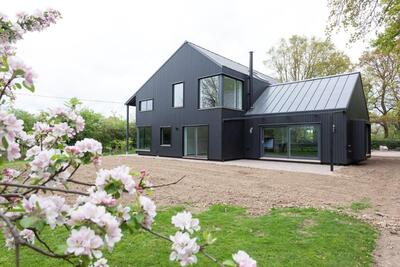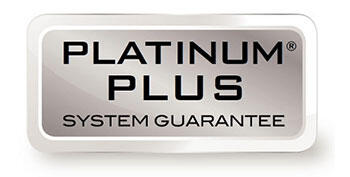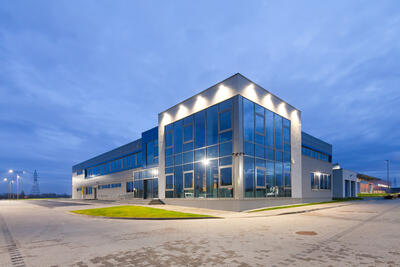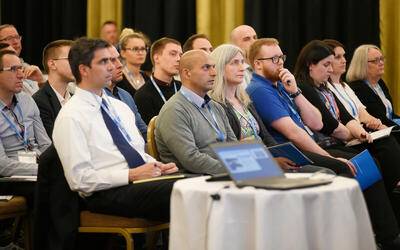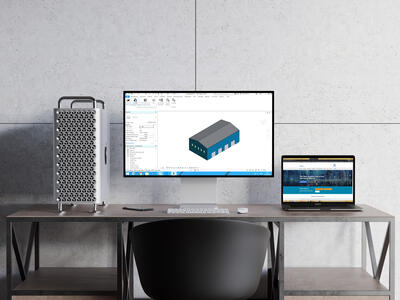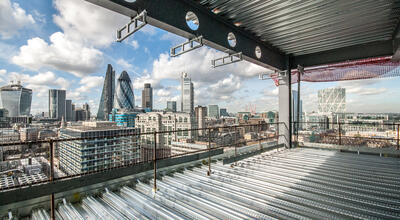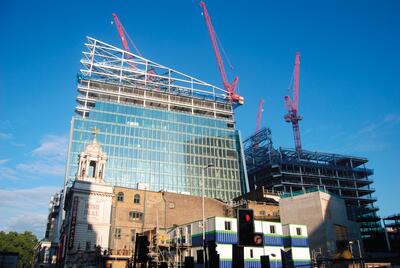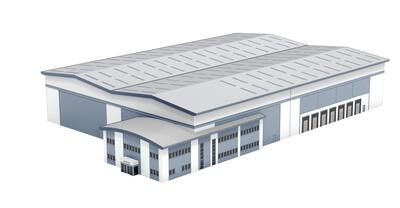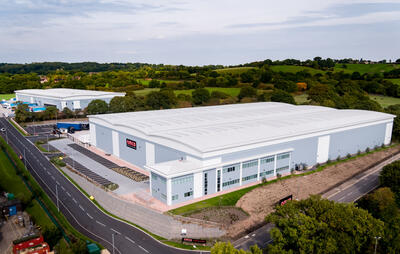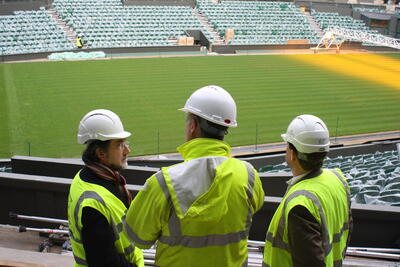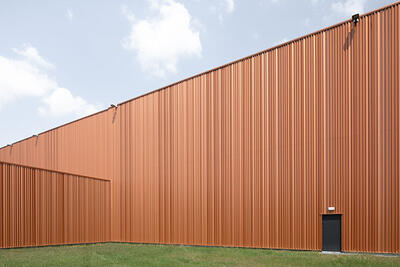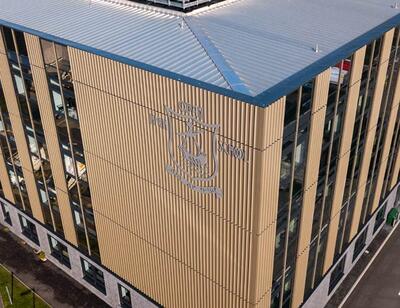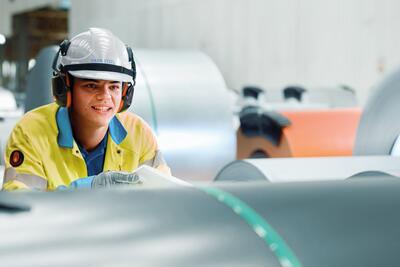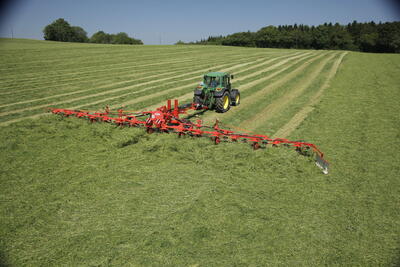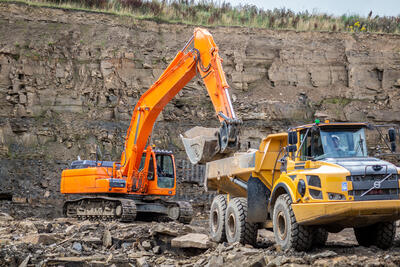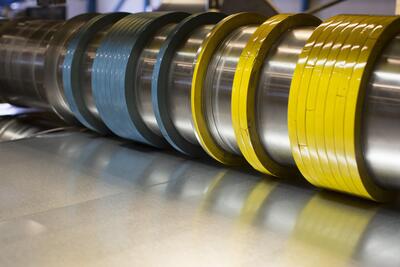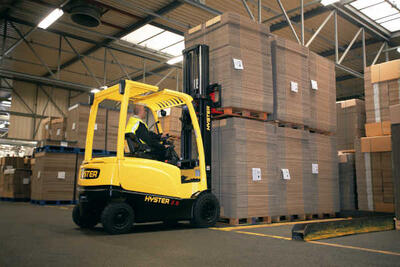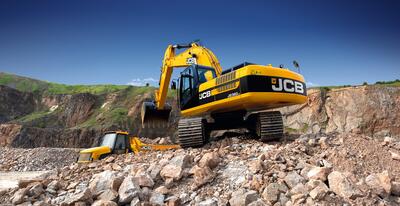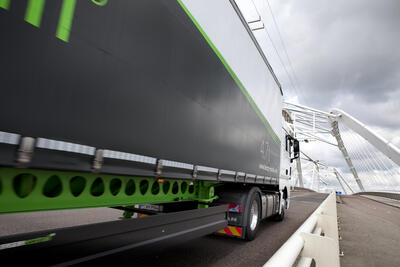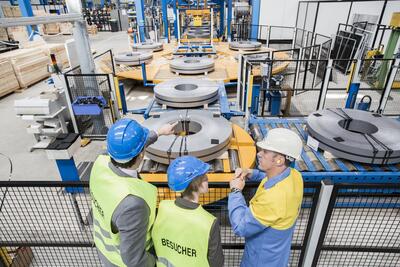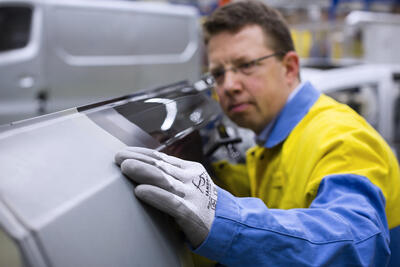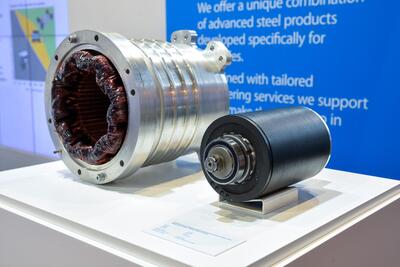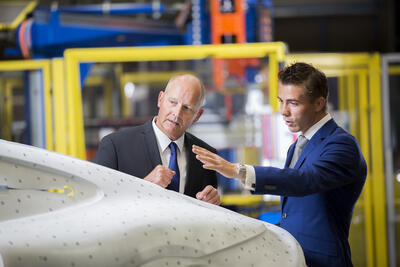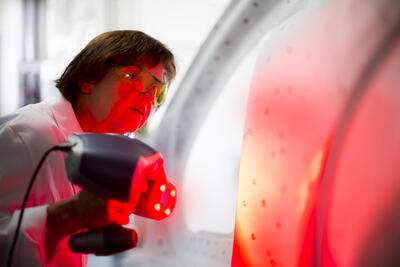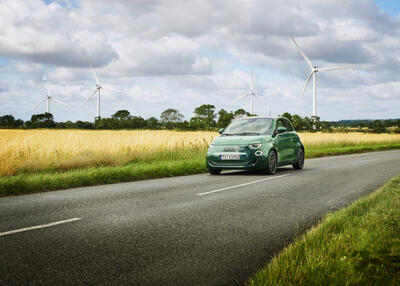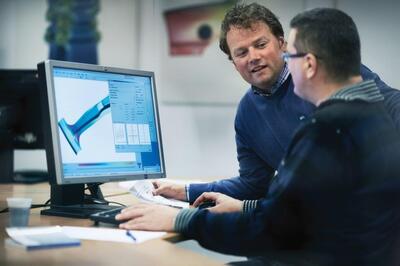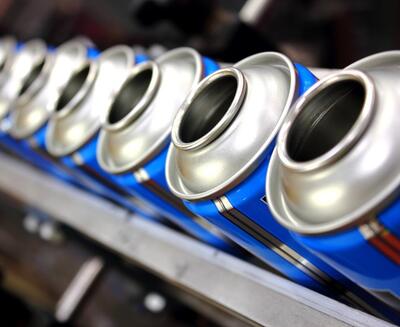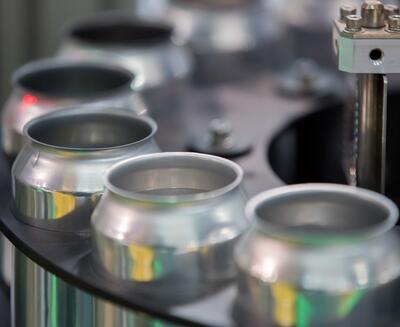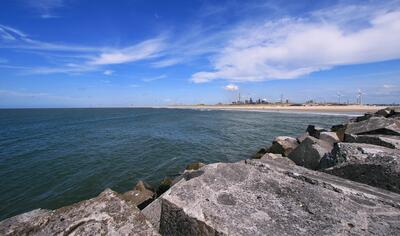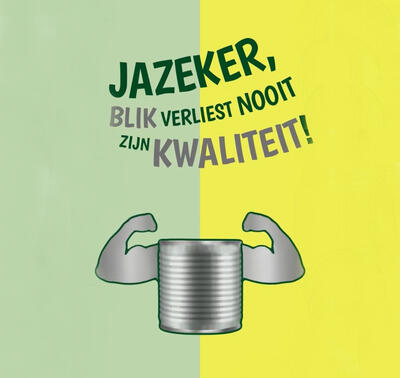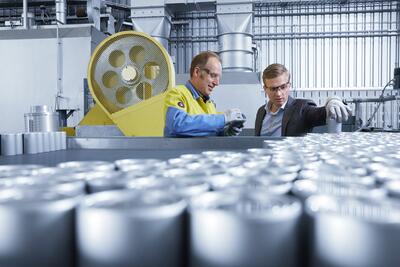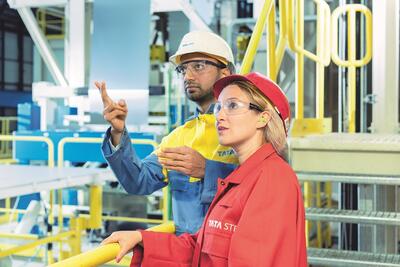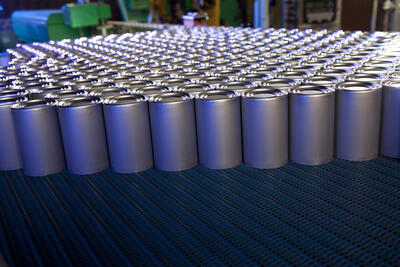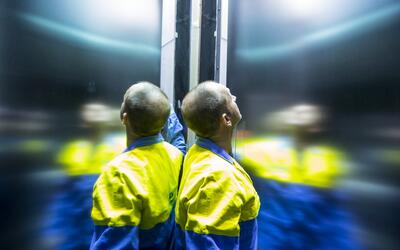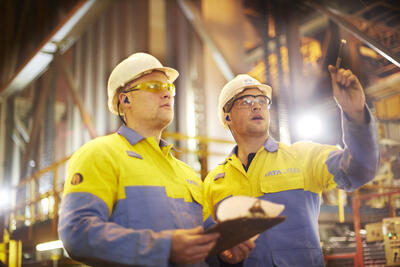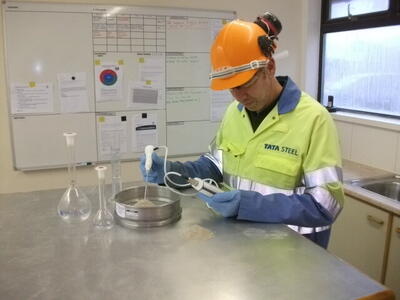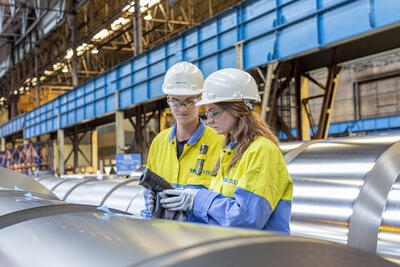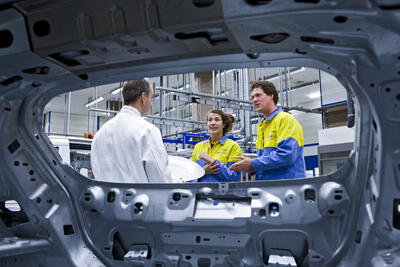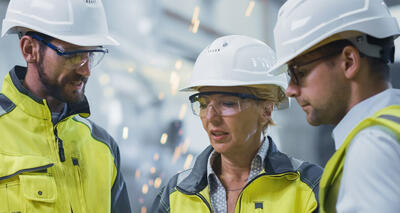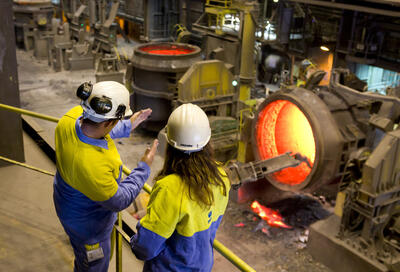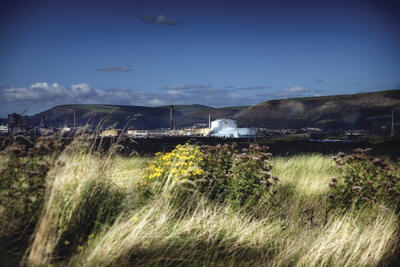At the 'Shaping the Steel Strategy' summit, industry leaders and policymakers emphasized the urgent need for a resilient, competitive, and decarbonized UK steel industry, highlighting strategic investments, workforce sustainability, and global trade alignment.
Roz Bulleid calls for decarbonized and resilient steel industry
Roz Bulleid, Research & Policy Director from the Green Alliance, emphasised the critical need to decarbonize the UK steel industry while ensuring resilience and workforce sustainability during her introduction at the recent Shaping the Steel Strategy summit. Drawing on Green Alliance’s research and her background in the sector, Bulleid outlined a future where the UK transitions to cleaner steel production by utilizing domestic scrap and reducing reliance on coal-intensive methods.
“A decarbonized steel industry is essential for future-proofing the sector as global markets move toward green steel,” she noted, advocating for investment at all levels to achieve this transformation.
Bulleid stressed that decarbonisation should align with safeguarding local communities, retaining skilled workforces, and bolstering high-value industries reliant on steel. She highlighted international examples, such as Sweden’s collaborative approach and Germany’s Ruhr Valley transition, as models for balancing industrial and environmental objectives.
“A decarbonized steel industry is essential for future-proofing the sector as global markets move toward green steel,”
She also urged a strategic focus on integrating existing policies, from industrial decarbonization to resource strategies, to ensure clarity for investors. Additionally, Bulleid advocated for practical measures such as improving scrap quality, reducing power costs, and advancing infrastructure for technologies like hydrogen.
“The strategy must focus on resilience, local benefits, and better resource use, such as minimizing material waste in construction,” she concluded, underscoring the sector's pivotal role in a sustainable industrial future.
Jonathan Brash MP calls for steel industry revitalization
Jonathan Brash, MP for Hartlepool and Chair of the APPG on Steel, highlighted the urgent need for the UK to commit to its steel industry during his remarks at the Shaping the Steel Strategy summit. Acknowledging his recent entry into Parliament and the steel sector, Brash shared insights gained from engaging with industry stakeholders and reflected on Britain’s post-Brexit economic challenges.
He stressed the importance of making a clear decision about the future of the steel industry, advocating for a more assertive and protectionist approach to safeguard the sector amid shifting global trade practices.
"Do we want the steel industry, yes or no? If we do, we must change how we act—putting Britain first and making hard-headed decisions to protect, invest, and prioritize UK steel."
Brash identified three pillars for revitalization: protection, investment, and procurement. He called for proactive measures to protect the industry, such as aligning with global practices like the EU's CBAM. He also emphasised investment in new technologies, particularly in energy infrastructure like advanced nuclear reactors, to address high energy costs.
On procurement, Brash underscored the need to prioritize British steel in public projects, lamenting the absence of UK steel in major initiatives like the HMS Venturer. Tying the industry’s revival to community pride, he highlighted its critical role in reindustrializing the UK and restoring pride in constituencies like Hartlepool, which have suffered from industrial decline.
Liam Bates advocates for competitiveness and growth
Liam Bates, President of Marcegaglia Stainless Long Products, highlighted his company’s heritage and its pivotal role in the UK steel industry during his remarks at the Shaping the Steel Strategy summit. Based in Sheffield, Marcegaglia produces stainless steel with state-of-the-art electric arc furnace technology, exporting 96% of its products globally. Despite its UK success, Bates emphasised the urgent need to improve international competitiveness to secure the industry's future.
He identified seamless trade as a key priority, lamenting the complications of Brexit, which disrupted previously frictionless trade with Europe. He highlighted that misalignment on policies like CBAM puts UK exporters at a disadvantage, often alienating European customers. Bates called for policy changes to re-establish smooth trade relations with the EU.
Another critical concern was the high electricity costs in the UK, which are 25%–100% higher than those in Marcegaglia’s operations in Italy, Sweden, and France. These energy costs erode competitiveness, particularly for energy-intensive electric arc furnace operations. Bates also urged improvements in rail infrastructure to better support steel transport and called for greater transparency in government funding and investment strategies to help businesses plan for growth.
Concluding, Bates affirmed Marcegaglia’s commitment to investing in the UK, underscoring the excellence of British steelworkers and the industry’s potential to expand with the right strategic support.
Roy Rickhuss CBE highlights need for strategic vision
Roy Rickhuss, General Secretary of Community Union, shared a compelling perspective on the challenges facing the UK steel industry, reflecting on his decades-long career in the sector. He emphasised the consequences of a lack of strategic planning and called for a cohesive steel strategy to ensure the industry's future viability.
"We stopped planning, stopped looking to the future, and started reacting to crisis after crisis."
Rickhuss lamented the decline in UK steel's market share, from over 60% to just 32%, and the reliance on imports to meet 68% of domestic demand. He stressed the importance of forward planning to address what types of steel the UK needs and how to produce and supply it.
"We often hear, 'We don’t make that steel anymore,' and that’s the problem—because we didn’t plan."
Highlighting the urgency of protecting Scunthorpe, the last primary steelmaking site in the UK, Rickhuss urged decisive action from policymakers to secure its future.
"If this (steel strategy) is going to be successful, it cannot be a talking shop. Real action and progress must come from it."
"We must not allow Scunthorpe to fail. It’s critical to fight for that plant."
He also reflected on the challenges of navigating an industry plagued by job losses and plant closures, underscoring the need for better opportunities for workers and young people through apprenticeships and training.
"Governments and businesses come and go, but the workers and communities are the constants—and they are who we must fight for."
Rickhuss concluded by calling for genuine action from the government, emphasizing that warm words alone will not revive the sector.
"If this is going to be successful, it cannot be a talking shop. Real action and progress must come from it."
Tim Pick CBE calls for joined-up industrial strategy linking steel and offshore wind
Tim Pick CBE, Chair of the UK's Offshore Wind Growth Partnership and a Commissioner on the UK's Clean Power 2030 Advisory Commission, underscored the critical need for collaboration between the steel and offshore wind sectors at the summit. Drawing from his experience as the UK's first Offshore Wind Champion, he highlighted the untapped synergy between green steel production and offshore wind development, emphasizing the necessity for cross-sector communication and integrated industrial strategy.
"There's a real win we're missing between green steel, green power, and offshore wind."
Pick identified significant opportunities for the UK steel industry, with offshore wind projected to require 25 million tonnes of steel from 2026 to 2050. This demand far exceeds that of traditional infrastructure projects. However, he noted the current gap, with the UK fabricating only 2% of the steel used in offshore wind.
"Offshore wind will use 5.7 times the steel of major UK infrastructure projects combined, yet we're fabricating just 2% of it."
He outlined critical investments needed to capitalize on this market, including larger casting facilities, bigger plate mills, and enhanced fabrication capabilities. Pick also stressed the importance of regional clusters, such as Grimsby and Scunthorpe, to drive competitiveness and innovation.
"We need to invest in larger castings, bigger plate mills, and fabrication capabilities—let’s get the cheque books out."
Calling for a holistic industrial strategy, he warned against siloed approaches, urging policymakers to create unified strategies that link steel and offshore wind to maximize economic and environmental benefits for the UK.
"An industrial strategy must avoid separate chapters on steel and offshore wind that no one connects."
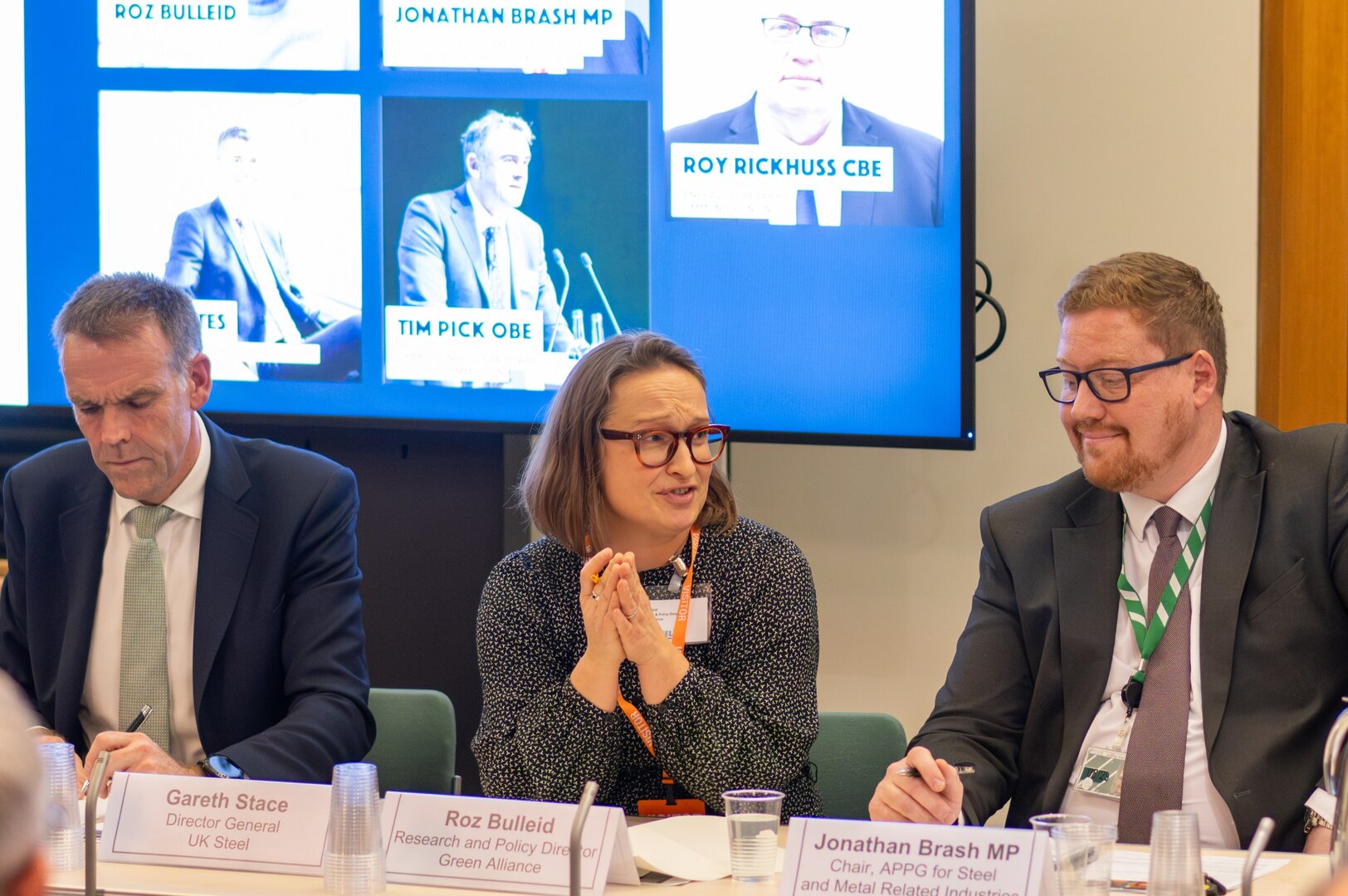
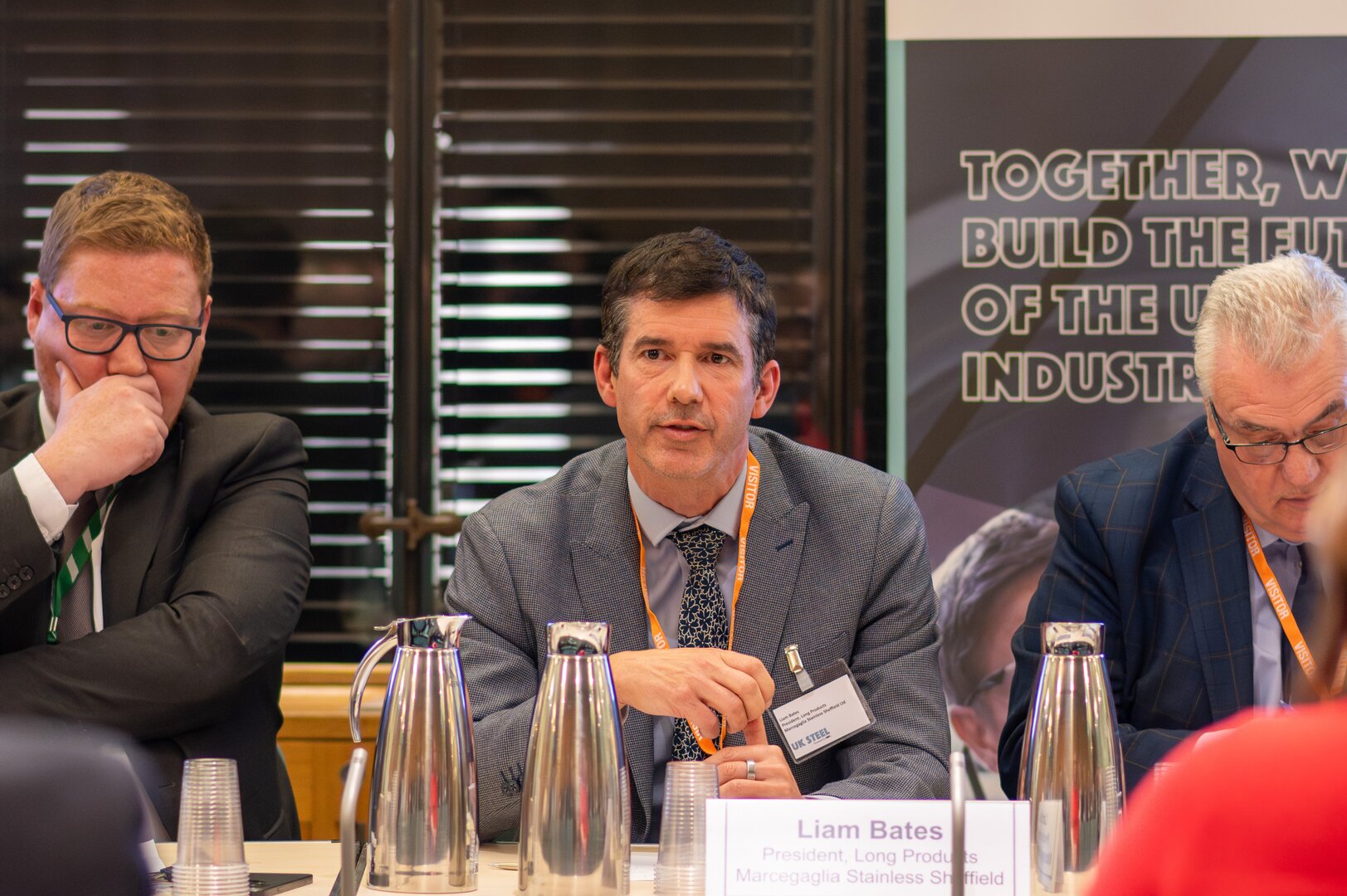
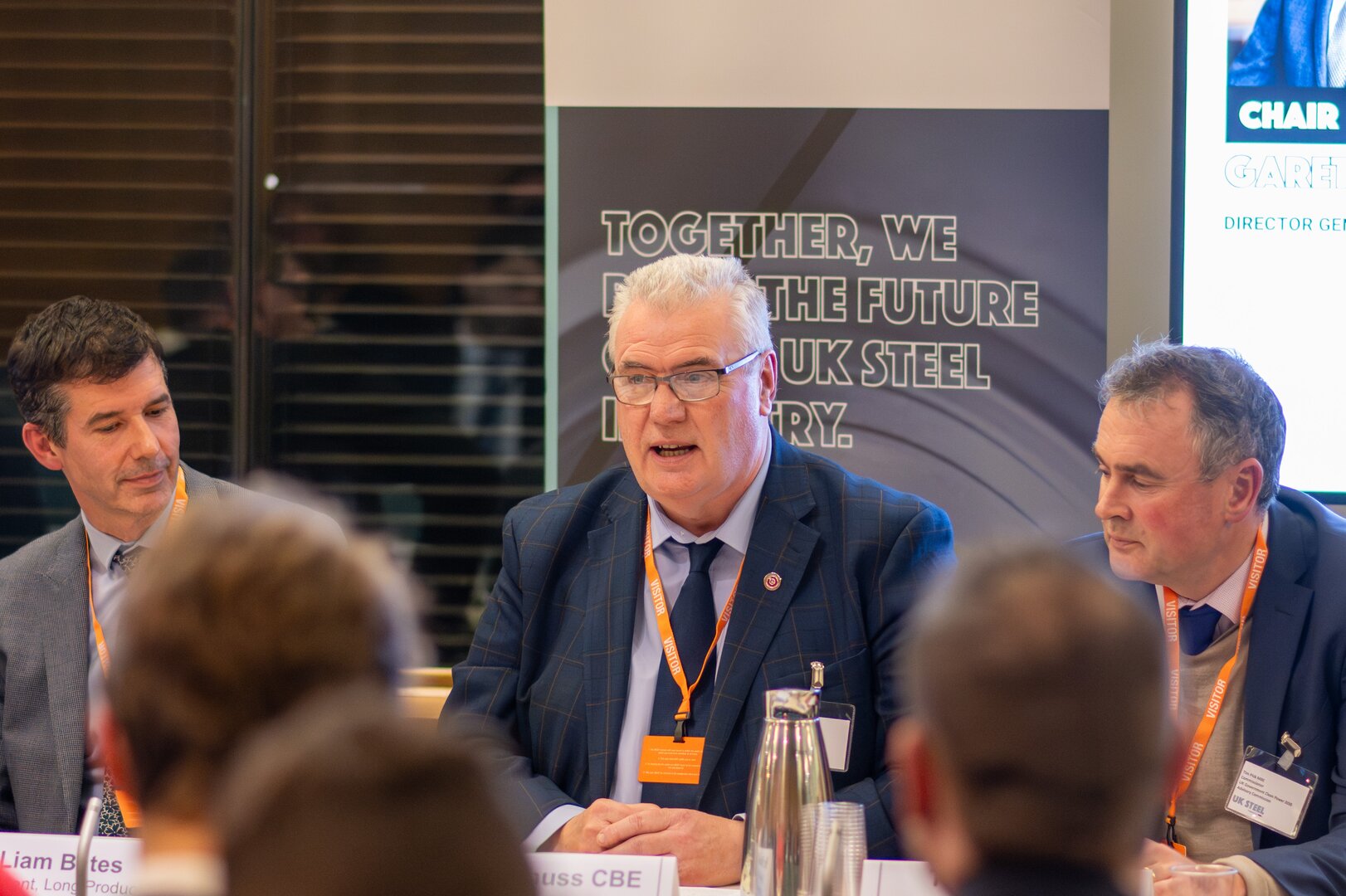
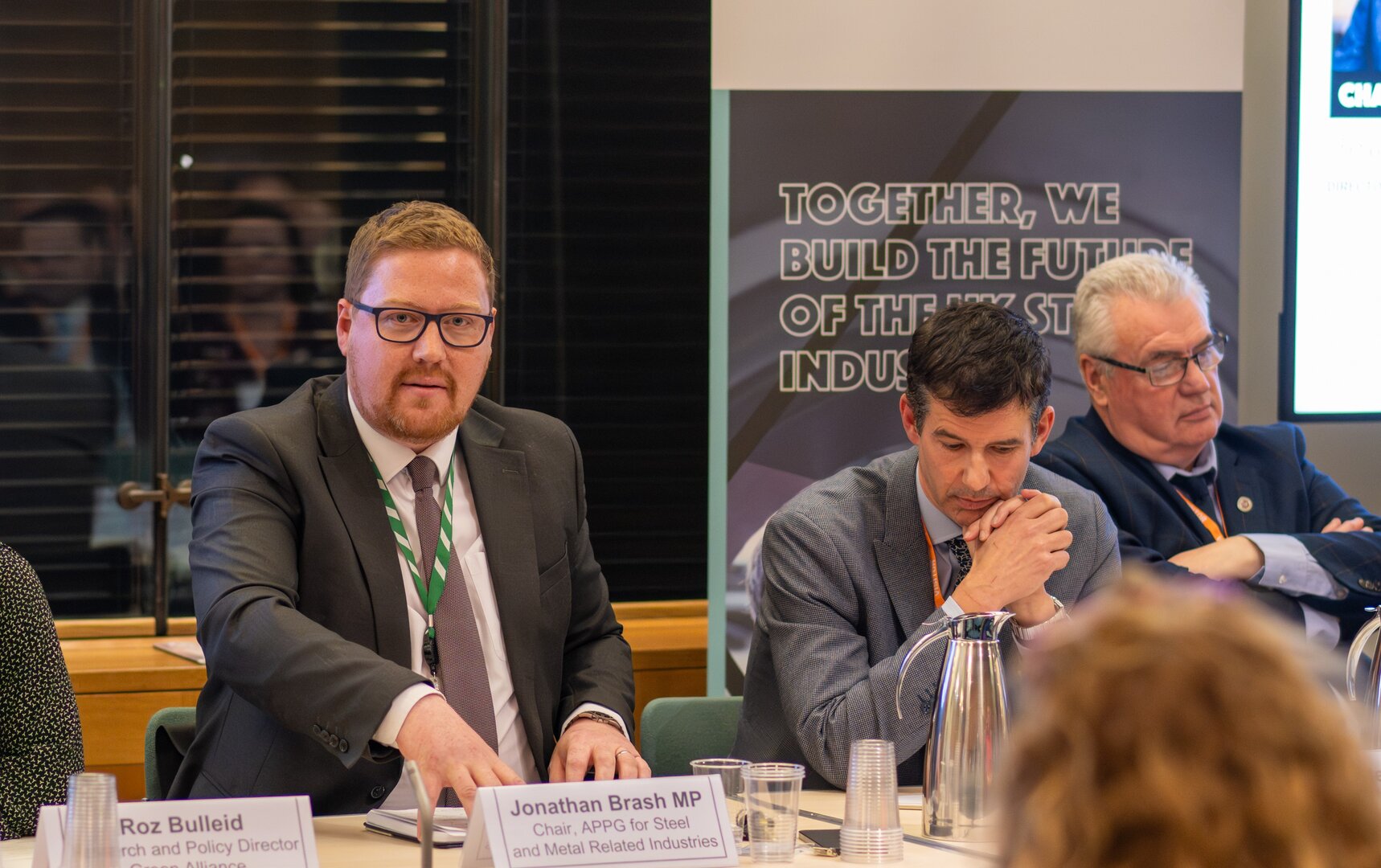
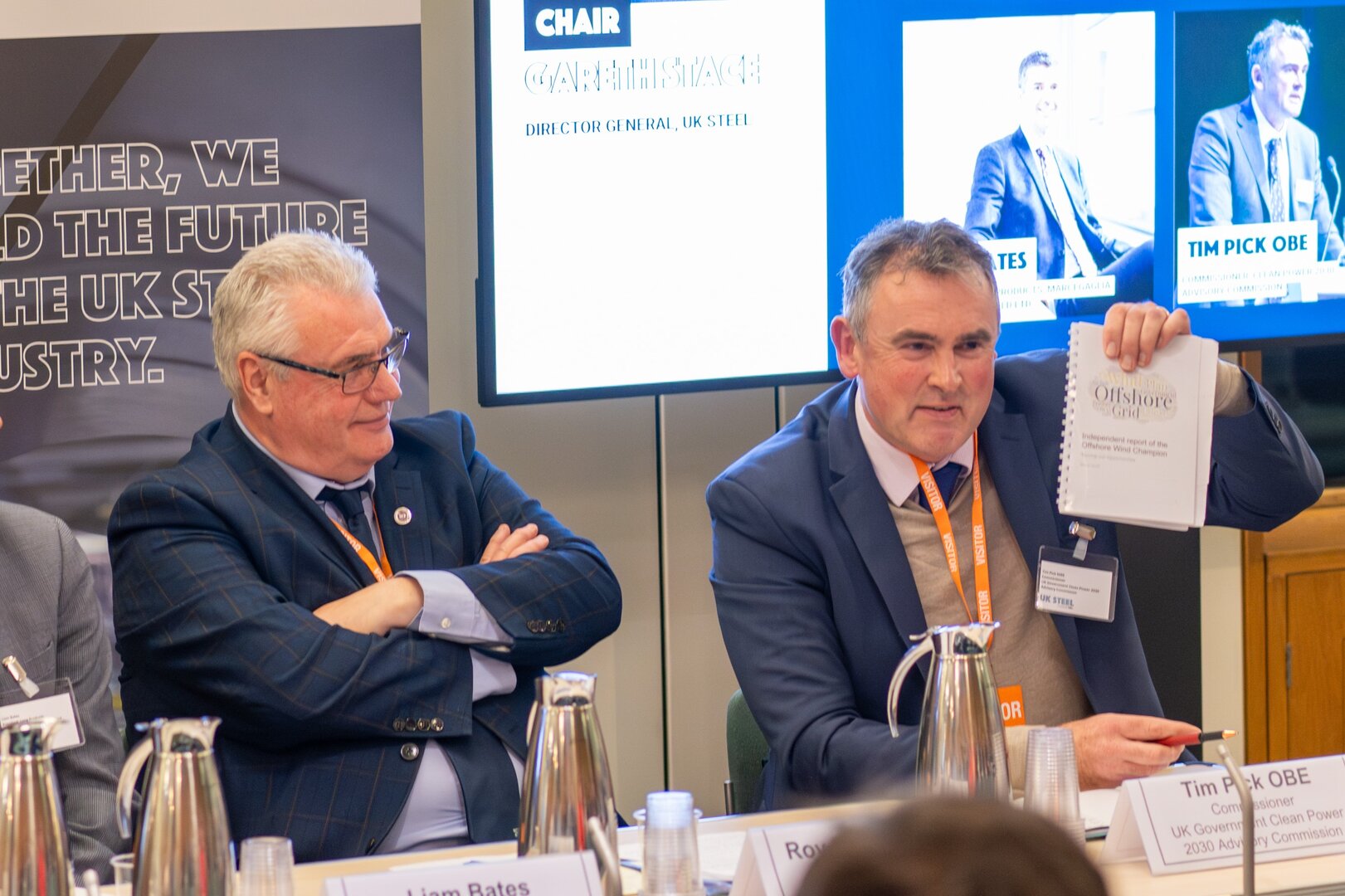
The UK steel sector:
- Produces 5.6Mt of crude steel a year, equivalent to 70% of the UK’s annual requirement (annual demand of 7.6Mt in 2023, of which 40% was met by domestically produced steel)
- Employs 33,700 people directly in the UK and supports a further 42,000 in supply chains
- The median steel sector salary is £37,315, 26% higher than the UK national median and 35% higher than the regional median in Wales, Yorkshire, and Humberside, where its jobs are concentrated
- Directly contributes £1.8 billion to UK GVA and supports a further £2.4 billion
- Directly contributes £3.4 billion to the UK’s balance of trade 96% of steel used in construction and infrastructure in the UK is recovered and recycled to be used again and again.
Follow us on social media







